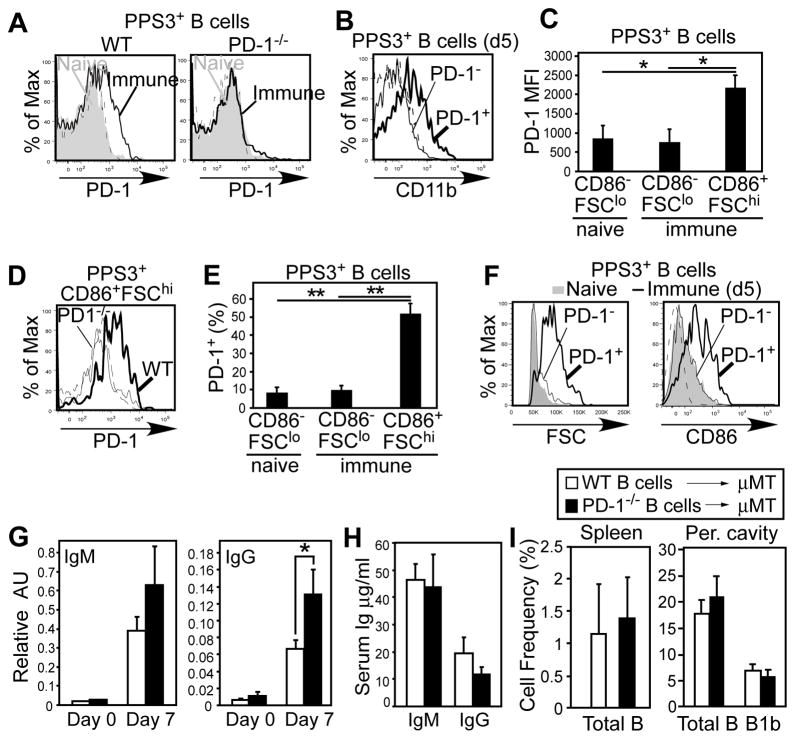Figure 4. B-cell specific PD-1 expression suppresses PPS3-specific IgG responses.
A) PD-1 expression on naïve (gray shading) and PPS3-immune (thick solid line) PPS3-specific CD19+ splenic B cells from WT and PD-1−/− mice. The dashed histogram indicates mAb isotype control staining for PPS3-specific B cells from immune mice. B) CD11b expression on PPS3-specific CD19+ (PD-1+ and PD-1−) B cells from WT mice 5 days post immunization (0.1 μg PPS3). C) PD-1 expression levels (mean MFI (±SEM)) on PPS3-specific resting (FSCloCD86−) and activated (FSChiCD86+) splenic B cells in immune (d5) and naïve mice (n=3 mice/group). D) PD-1 staining on PPS3-specific CD19+FSChiCD86+ splenic B cells from WT and PD-1−/− mice 5d post immunization. The dashed histogram indicates mAb isotype control staining of PPS3-specific CD19+FSChiCD86+ splenic B cells from WT mice. E) Mean frequency (±SEM) of PPS3-specific resting (FSCloCD86−) and activated (FSChiCD86+) splenic B cells in immune (d5) and naïve mice expressing PD-1 (n=3 mice/group). F) FSC and CD86 expression by naïve PPS3-specific CD19+ B cells (gray shading), and PD-1neg (thin line) and PD-1+ (thick line) PPS3-specific CD19+ B cells in immune (d5) mice. The dashed histogram indicates mAb isotype control staining. G) Mean (±SEM) PPV23-specific serum IgM and IgG levels in μMT mice that were reconstituted with 4 × 107 splenic B cells (i.p. transfer) from WT or PD-1−/− mice and immunized with PPV23 containing 0.1 μg each PPS two days post adoptive transfer (n=6 mice/group; pooled results from 2 experiments). Pre-immune (d2 post transfer) and d7 immune (d9 post transfer) values are shown. H) Total serum IgM and IgG concentrations in μMT mice 9 days post reconstitution. I) Mean (±SEM) spleen B cell and peritoneal cavity total B cell and B-1b cell frequencies in μMT mice 2 weeks post reconstitution. Asterisks (*) indicate significant differences between values (p ≤0.05, *; p ≤ 0.01, **; unpaired Student’s t test, n ≥ 3 mice/group).

